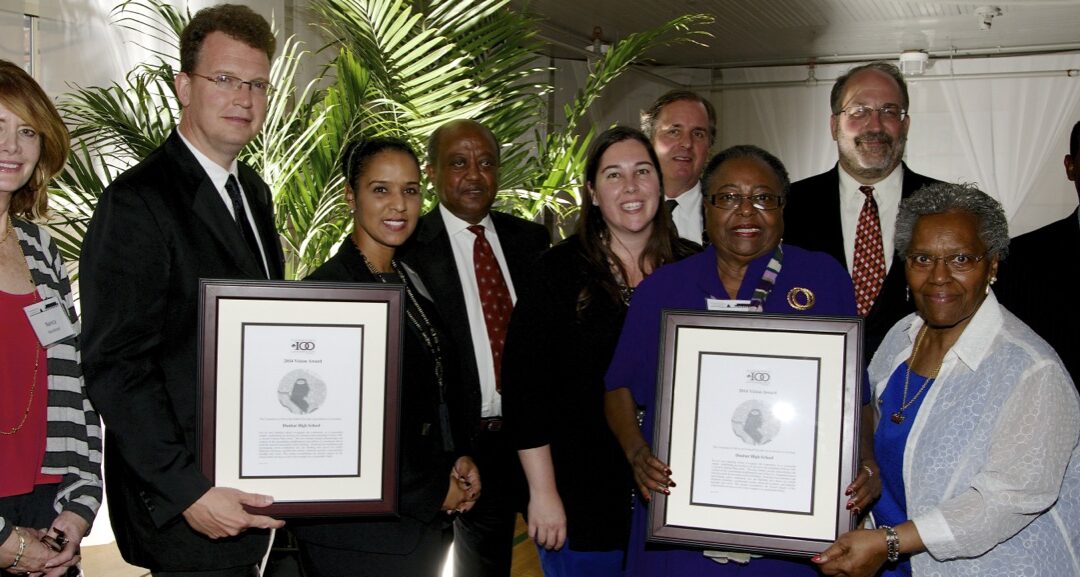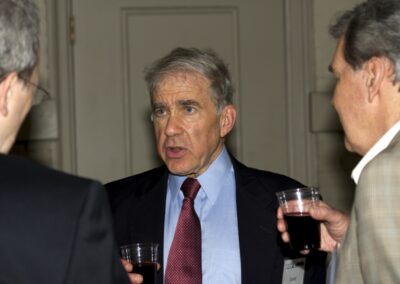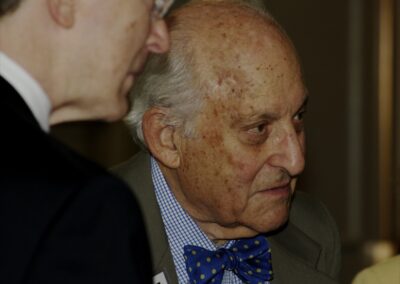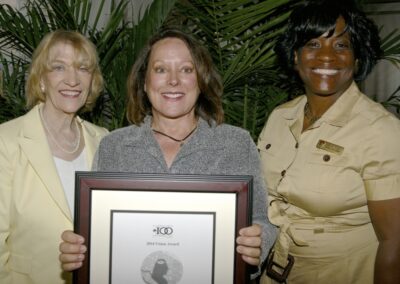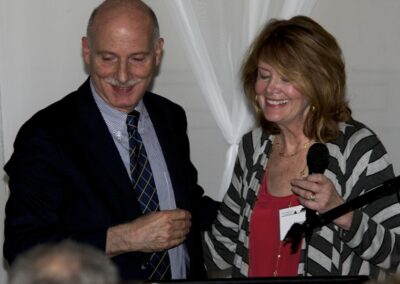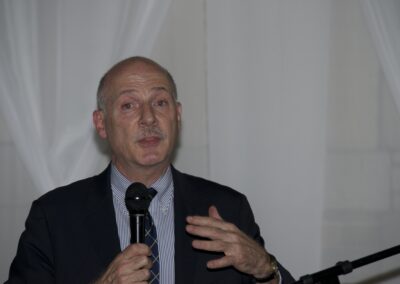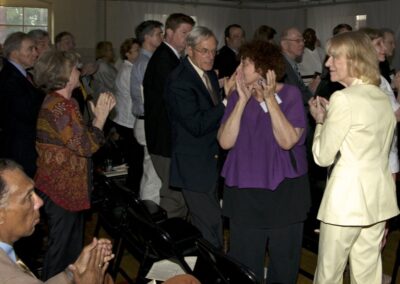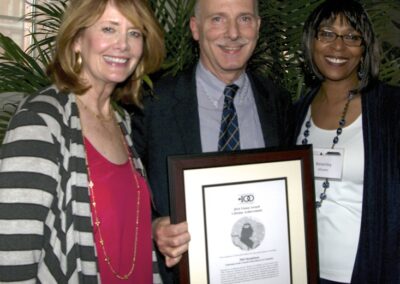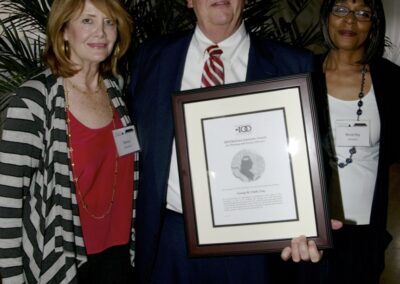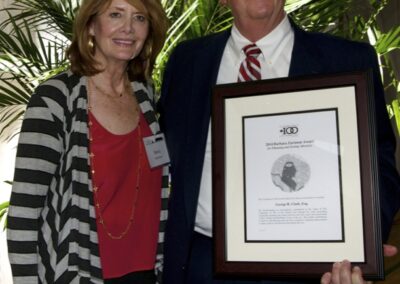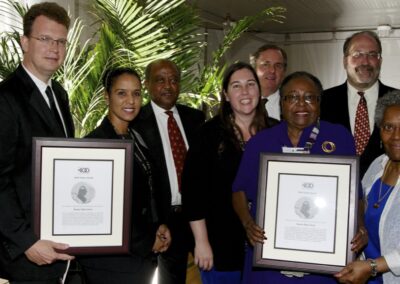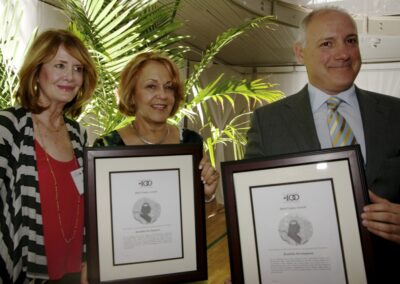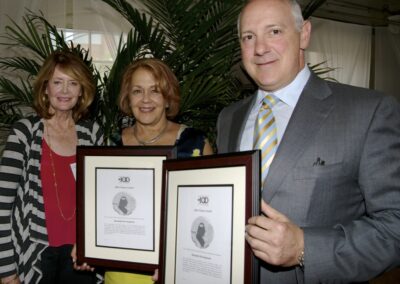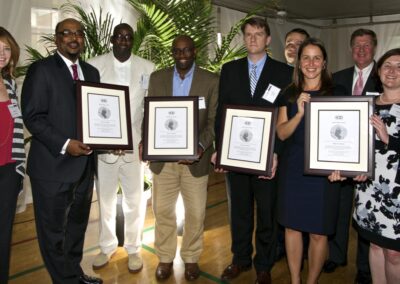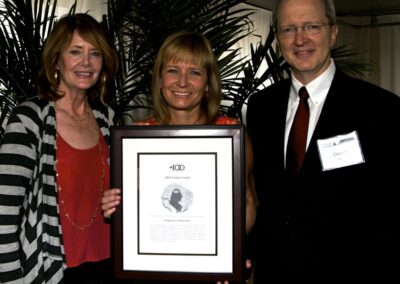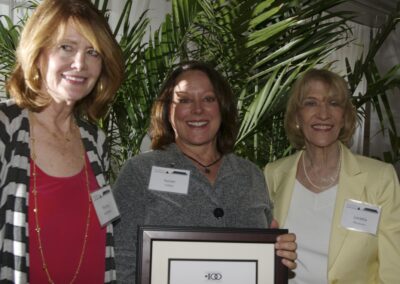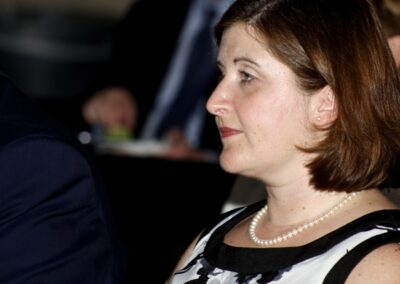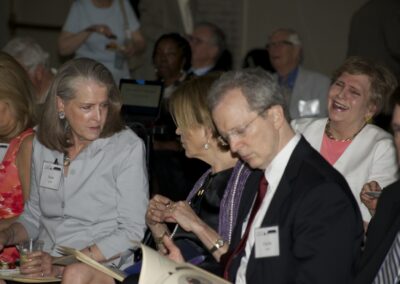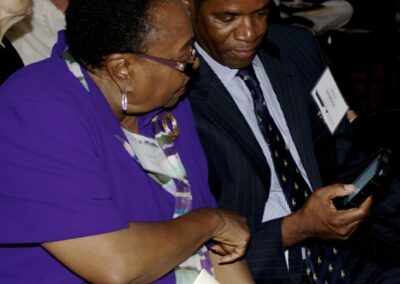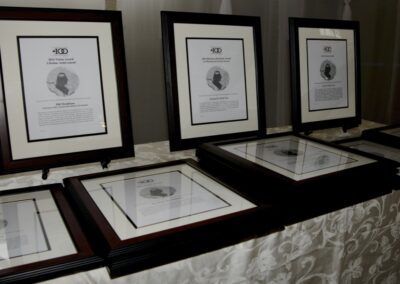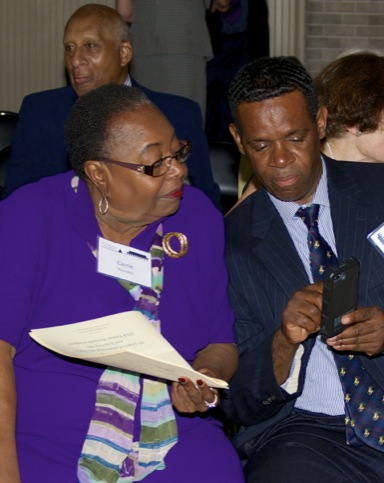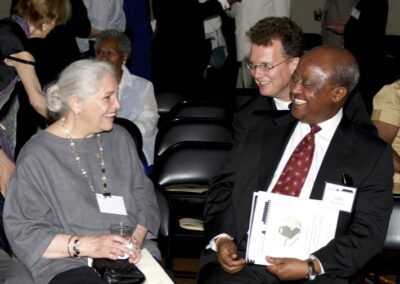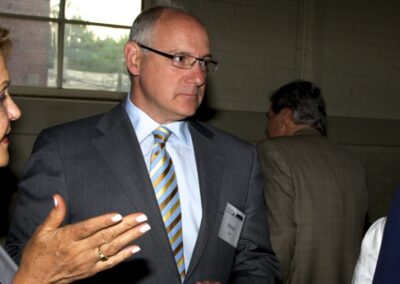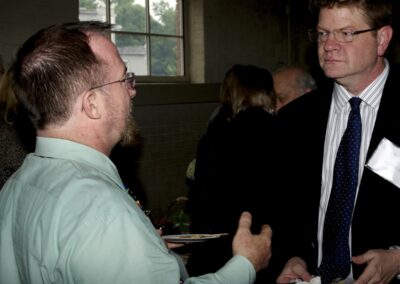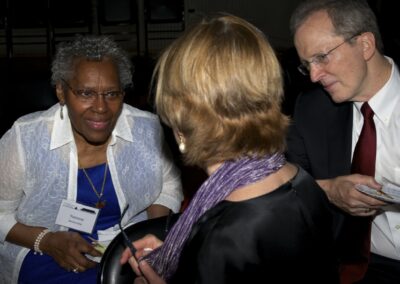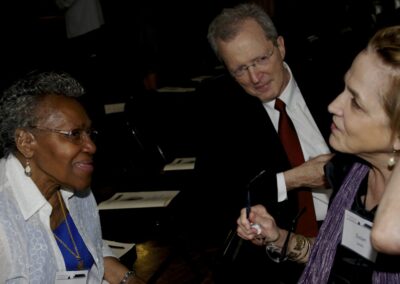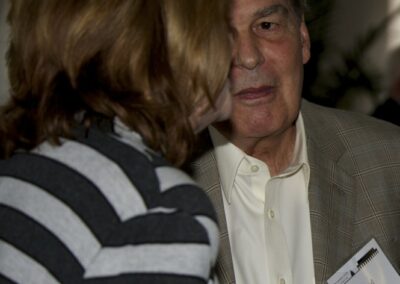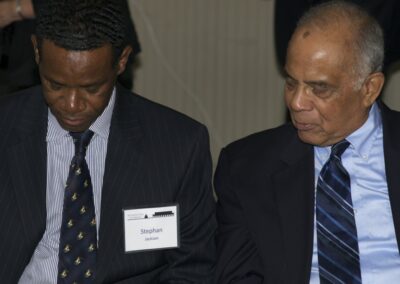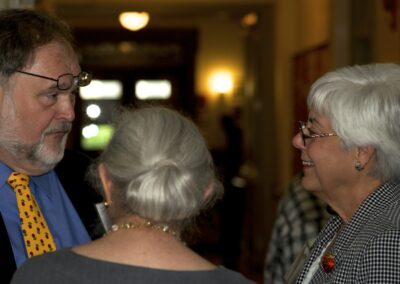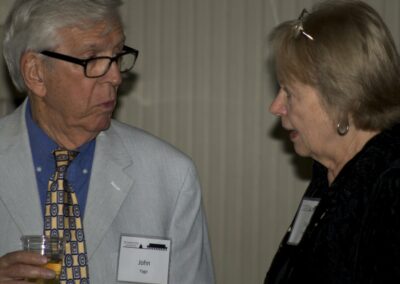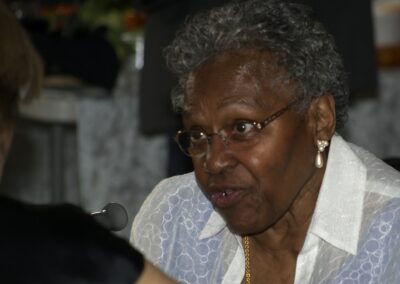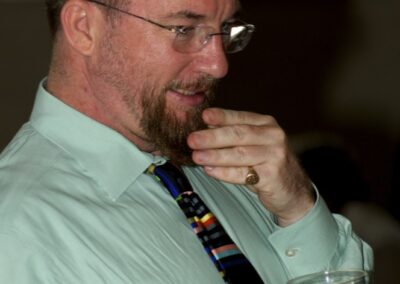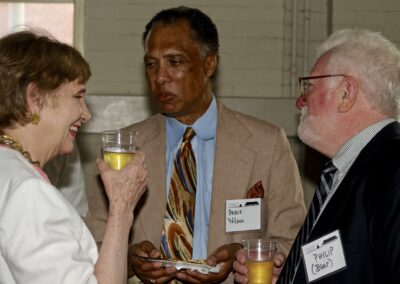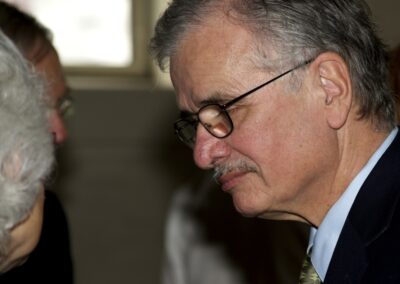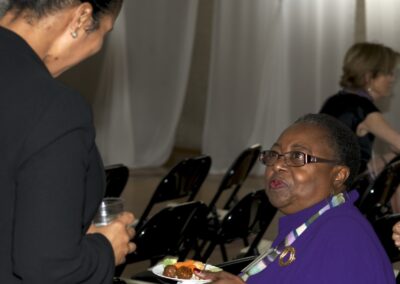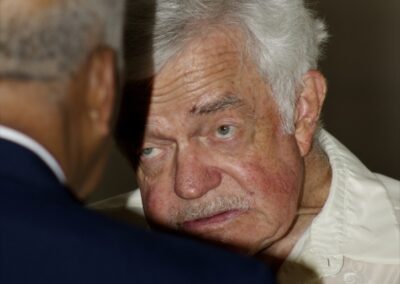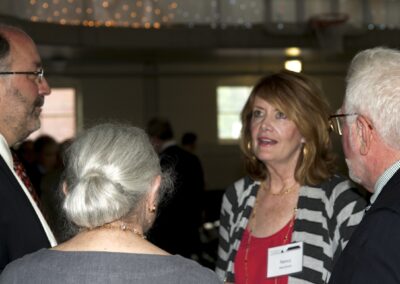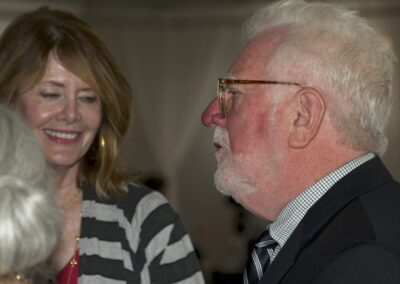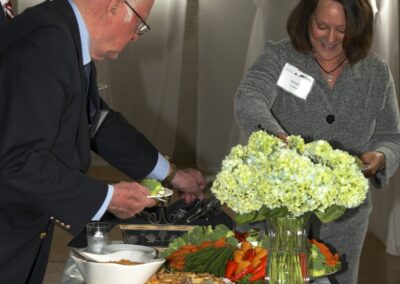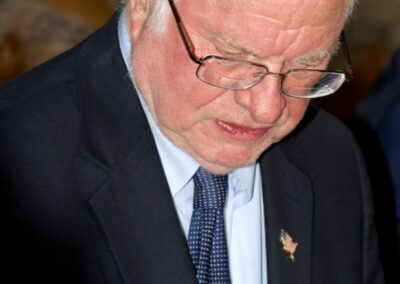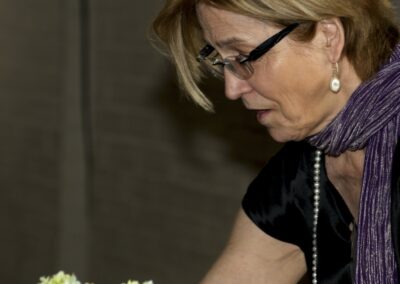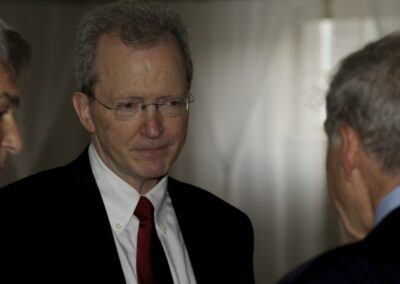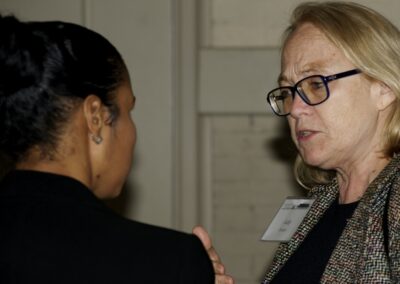The following winners of the 2014 Vision Awards were honored on June 4, 2014, at a reception held at The Thurgood Marshall Center: The Alliance to Preserve the Civil War Defenses of Washington, Tregaron Conservancy, House of Lebanon, Roadside Development & O Street Market Redevelopment Project, Paul Laurence Dunbar High School, Barbara Zartman Award for Planning and Zoning – George R. Clark, Esq., and Lifetime Achievement Award – Phil Mendelson.
The Alliance to Preserve the Civil War Defenses of Washington
The Alliance to Preserve the Civil War Defenses of Washington is a private, non-profit association of people interested in the Civil War and historic preservation. The Alliance was incorporated as a District of Columbia nonprofit corporation on June 13, 2008.
The work of the Alliance has two main impacts. First, it is working to improve and link together the Civil War defenses (forts and other sites) as a connected series of open spaces, connected by trails, providing a ring of historic recreational sites around the outer edge of the city. The original concept for this program was outlined in the work of the McMillan Commission (1901-02). The Committee of 100 on the Federal City has always given special attention to the proposals of the McMillan Commission, and how those concepts can be carried forward, as appropriate, in the 21st century. The actual sites of the forts and related areas are owned by the National Park Service which will have to undertake design work and construction, with public input.
Second, the work of the Alliance focuses public attention on the historical importance of the Civil War defenses of Washington as a whole. A Vision Award for the work of the Alliance to Preserve the Civil War Defenses of Washington is especially timely, since the Alliance is presently working with the National Park Service and others to commemorate the sesquicentennial of the Battle of Fort Stevens this year (July 11-13, 2014).
Tregaron Conservancy
The Tregaron Conservancy is a nonprofit organization founded in January 2006 to preserve, rehabilitate and maintain the historic landscape of the Tregaron Estate dating back to 1912. After more than 25 years of legal battles to limit development of the site, including defeat of a proposal to build 200 townhouses, the Friends of Tregaron (the predecessor group) negotiated a settlement agreement that resulted in the donation of thirteen acres to the Conservancy for their protection in perpetuity. Since then, with the help of the community and generous supporters, the Tregaron Conservancy has rehabilitated bridle paths and pedestrian trails, restored stone bridges and planted hundreds of trees and thousands of daffodils. It has brought back to life an unobstructed open space in the middle of the city and made it available for public enjoyment. Guided by the original landscape plans of Ellen Biddle Shipman, it has developed a vision for the long-term stewardship of the property and set up an endowment to enable its implementation. The Tregaron Conservancy shows how a neighborhood can protect a treasure within its midst and turn it into an asset for the city for many years to come.
House of Lebanon
The House of Lebanon is a visionary and exemplary in purpose and in execution. A historic public school was repurposed as affordable housing for senior citizens. Cunningham and Quill Architects filed the landmark application, and carefully preserved the building’s aesthetic. The school’s unattractive 1970s gymnasium, a blank wall facing the street, was redesigned as living space, and part was removed to create a welcoming new entry courtyard. The project is an excellent example of sustainability through the reuse of historic resources, and a model for affordable housing in the city. The public-private partnership of Mount Lebanon Community Development Corporation, Mission First Housing Development Corporation, Urban Matters Development and the Deputy Mayor for Planning and Economic Development are honored for this important achievement.
Roadside Development & O Street Market Redevelopment Project
Working with Giant, city agencies, and the nearby community, Roadside played an important role in the development of the “Convention Center Area Development Plan” that was subsequently adopted by the DC Council. This plan established a 21st-century vision whereby the overall larger site would serve as a neighborhood center and a mid-city commercial node between downtown DC and U Street that includes, among others: a rehabilitated O Street Market that serves its original purpose as purveyor of produce, but this time as part of a new, relocated Giant supermarket; Eight stories (246 units) of rental apartments above the new supermarket; the reopening of the 1400 block of Eighth Street, NW, reestablishing the presence of L’Enfant’s plan in the area; creation of 90 rental apartments for active adults 55+, whose income level is at 50% to 60% of Area Median Income (opens May 2014) ;700 additional spaces of underground parking to help minimize the impact of increased population and new activities in the neighborhood.
Paul Laurence Dunbar High School
Located in the midst of the street grid of a historic city, the new Paul Laurence Dunbar High School provides a high performance learning environment for 1100 students designed to catalyze the renewal of one of our most historic schools. Founded in 1870, this school was the country’s first high school for African-Americans and its alumni include people of extraordinary accomplishment. The design challenge was to create a facility that honors the past and the present and overcomes the challenges of the site, all while looking to the future. The design is inspired by a historic and cherished 1917 building that served the school before its demolition in the 1970s. Like its historic predecessor, the new building reengages the community by establishing an inviting civic presence and by reopening a closed L’Enfant plan street (O Street NW) as a sustainable model. The design reinterprets the 1917 building’s centrally located armory as the heart of the school, and throughout the new building, the school’s heritage is celebrated through plaques and super graphics featuring the most accomplished alumni. While metaphorically building on history, the new building is decidedly 21st Century, fostering four academies including an innovative 9th grade academy and encouraging active community use. The new high school hosts grades 9 thru 12 and was completed in the summer of 2013. The project re-establishes the historic legacy of the school, which prior to desegregation was the premier academic institution in the city to educate African-American teens. The design also seeks to correct the mistakes of the bunker-like 1977 building by acknowledging the context of the surrounding neighborhood and using as inspiration the historic and much-loved 1917 building. The new design honors the legacy of past graduates with a museum and wall of honor, as well as floor plaques throughout, noting high achieving graduates of the past and reserving places for future alumni as community leaders.
Barbara Zartman Award for Planning and Zoning
George R. Clark, Esq.
The Barbara Zartman Award honors someone who has displayed a commitment to the values of the Committee of 100 on the Federal City through work advocating responsible planning and zoning decisions and laws. George Clark exemplifies the leadership and zeal that marked Barbara’s efforts to realize good land use decisions for her neighborhood and the District of Columbia.
George’s advocacy for recognizing that DC’s iconic stature rests in large part on its planning legacy and that its future depends in large part on resisting a sharp turn away from long term planning principles was most recently demonstrated at the National Capital Planning Commission’s hearing on the Height of Buildings Act. With his trademark candor, George explained that there was no high purpose to be achieved by amending the Height Act and that despite the rhetoric the only sure result would be developer profit. As he has encapsulated every land use issue confronting his neighborhood or the city, George went right to the heart of matter and exposed the basic elements of the issue. Not many people have the courage or the talent to do this. Barbara Zartman would be in awe.
Lifetime Achievement Award
Phil Mendelson
Phil Mendelson, Chair of the DC Council, has been selected for a Lifetime Achievement Award. Chairman Mendelson has devoted his professional career to public service. He has used his position to ensure that residents’ voices are heard and he has championed their causes. In the past year, Mr. Mendelson has distinguished himself with his determination to use the Council hearing process to expose the zoning rewrite process and controversy over specific proposals advanced by the DC Office of Planning. Mr. Mendelson also played a pivotal role in stopping the effort to dismember the Height of Buildings Act by persuading colleagues to support a Sense of the Council resolution opposing any changes to the law and by explaining to the National Capital Planning Commission the negative consequences that would result from changes to the law and that such action would not advance home rule.
The Committee of 100 on the Federal City is grateful for the generous financial support of the Vision Awards by C100 members:
Sponsors
Alma H. & Harry F. Gates
Patrons
Carol F. & Lawrence E. Aten
Sanders H. Berk, MD & Sally Berk
George R. & Mary Clark
Nancy J. MacWood & Robert M. Brandon
Charles Robertson
Beverley Wheeler
Host Committee
Bill Crews & Steve Kehoe
Meg Maguire & Dale Ostrander
John & Eileen Yago

